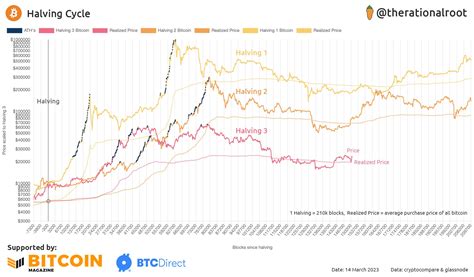Bitcoin: How does a sender routing a payment using a blinded path know what the fees are needed in the blinded portion of the path?
How Bitcoin sends payments with blind paths: understanding of commissions and suggestions for net commissions
In Bitcoin, Routing payments is a complex process that requires careful planning to ensure efficient and safe transactions. One of Bitcoin’s most innovative characteristics is its use of “blind paths”, which allow the senders to request payment without revealing their complete transaction data. In this article, we will deepen the way in which the Bitcoin routing mechanism determines the commissions for these blinded payments.
What are the blinded routes?
A blind path is a path taken by the Bitcoin network that avoids revealing sensitive information on transactions to third parties. Instead, it uses a sequence of nodes and records of payments to instract the transaction through the network without exposing the details of the sender’s identity or transactions.
How does Bitcoin determine the commissions for blind paths?
The Bitcoin routing mechanism uses a combination of factors to calculate the commissions for each transaction. These factors include:
- Transactions volume : The amount of bitcoin sent is an important factor for determining the commissions.
- Network congestion
: as the number of transactions increase, the congestion of the network can affect commissions due to the greater demand for bandwidth and processing power.
3 The biggest blocks involve lower commissions.
- Complexity of transactions : the input and output number required by a transaction also influences the commissions.
5
blindness and taxes: how do they relate?

When sending a blind path, the sender does not provide the transaction data complete with the network. Instead, they specify a series of nodes and payment records that will be used to instract the transaction. The commissions associated with these blind paths are determined by the levels of congestion of the network and by other factors.
Tips to Net Commission: are they included in the blinded path?
Some Bitcoin networks include suggestions to net commissions, which provide an approximate estimate of the potential commissions involved in the processing of a certain set of transactions. These suggestions can be obtained from various sources, including:
- Pool of mining : some mining pools offer estimates of commissions for specific transactions set.
- Exchanges : online exchanges often provide estimated commissions based on market data and user behavior.
- Blockchain analysis : specialized tools and techniques allow users to analyze the size of the blocks, the complexity of transactions and other factors to estimate potential commissions.
However, not all Bitcoin networks include suggestions to net commissions in their blinded paths. Some can choose to omit this information for various reasons, such as:
- Competitive prices : omitting suggestions for net commissions can help miners or exchanges to maintain competitive prices.
- The security problems : including too many sensitive information could put the network at risk of being hacked.
Conclusion
Bitcoin routing mechanism is designed to minimize costs by guaranteeing efficient and safe transactions. The commissions associated with blind routes are calculated on the basis of various factors, including volume of transactions, network congestion, limits of block size, complexity of transactions and general network load. While the suggestions for net commissions can provide some information on potential commissions, may not always be included in the blinded path due to competitive prices or safety problems.
By understanding how Bitcoin determines the commissions for the blinded paths, users can make more informed decisions when sending transactions and browse the complex world of Bitcoin routing.


